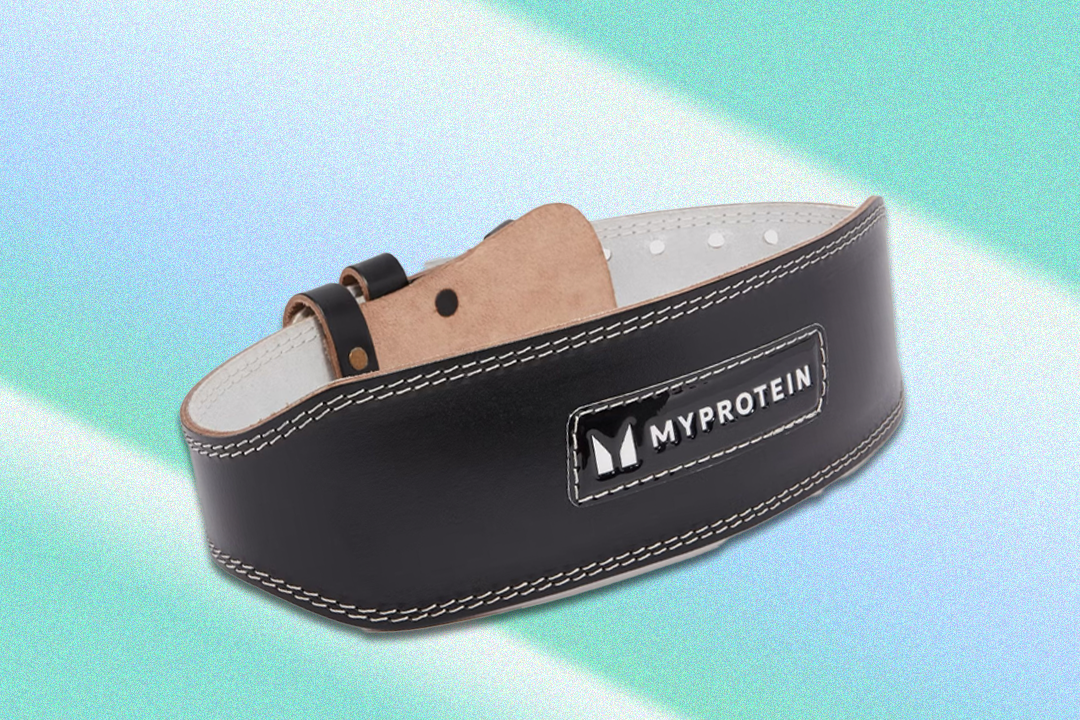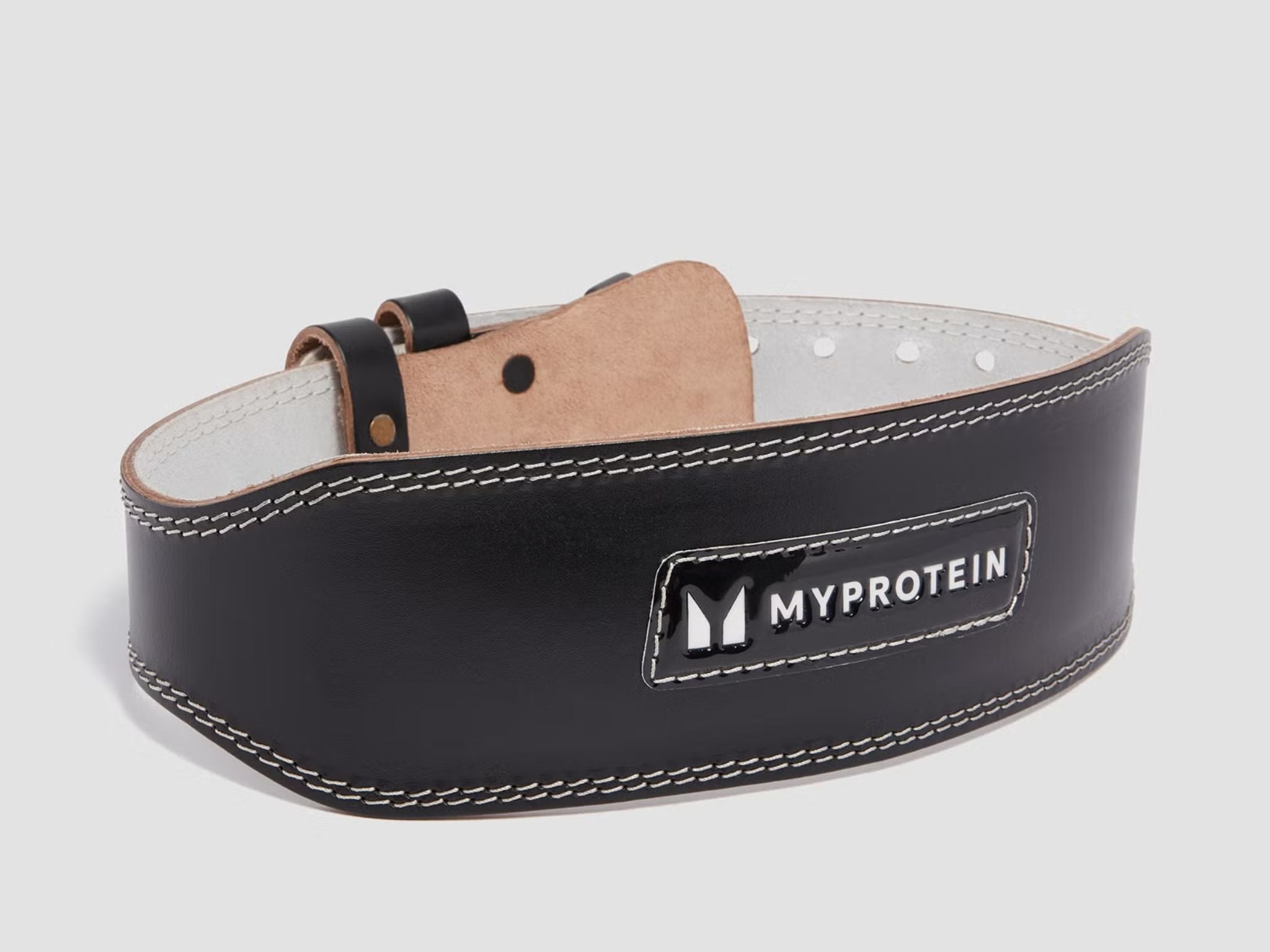What is a lifting belt and when should you use it?
Could a lifting belt help you unlock a bigger squat?

Your support helps us to tell the story
From reproductive rights to climate change to Big Tech, The Independent is on the ground when the story is developing. Whether it's investigating the financials of Elon Musk's pro-Trump PAC or producing our latest documentary, 'The A Word', which shines a light on the American women fighting for reproductive rights, we know how important it is to parse out the facts from the messaging.
At such a critical moment in US history, we need reporters on the ground. Your donation allows us to keep sending journalists to speak to both sides of the story.
The Independent is trusted by Americans across the entire political spectrum. And unlike many other quality news outlets, we choose not to lock Americans out of our reporting and analysis with paywalls. We believe quality journalism should be available to everyone, paid for by those who can afford it.
Your support makes all the difference.A lifting belt probably wasn’t on your radar when you first walked into a gym. But as your squat PB creeps higher and you start to notice other lifters using them for heavy leg exercises, you might wonder: “Do I need to be wearing one of those?”
The short answer is no, you don’t need to wear a lifting belt for any strength training exercise. The reason people choose to use them is because it can help maintain a rigid midsection, allowing them to lift larger weights during exercises where you’re heavily loading the spine.
By wrapping tightly around your stomach, a lifting belt gives your core muscles something to brace against, stabilising the spine and adding rigidity to your trunk. This is why people wear them for heavy compound (multi-muscle) exercises such as squats and deadlifts.
They are usually made of leather or another sturdy fabric, and have an adjustable velcro or buckle fastening system so you can secure them tightly into place. You can also buy slightly more flexible ones, to be worn for Olympic weightlifting exercises like the snatch and the clean and jerk. But for this explainer, we’re going to focus on the former and more common variation, looking at what they do and when you might consider wearing one.
What does a lifting belt do?
A lifting belt’s main function is to support your trunk. Some long-time lifters won’t squat or deadlift heavy weights without one, with many reporting it improves their performance.
To use it, you wear it tightly around your waist. Then, take a deep breath into your stomach and brace your core against the tightened belt before performing a repetition. Only exhale as you near the end of the concentric (lifting) part of the exercise.
The results of a 1990 study published in the Medicine and Science in Sports and Exercise Journal found that, when performing weighted squats, “a weight-belt can aid in supporting the trunk by increasing intra-abdominal pressure”.
This is the pressure inside the abdominal cavity, or the space between the abdominal wall and the spine. By bracing your core muscles against the lifting belt, you can increase the pressure present in this area, leading to greater rigidity in your midsection and helping you support heavier loads.
When should you wear a lifting belt?
There are no set rules for when you should and shouldn’t wear a lifting belt. You can complete a comprehensive gym routine without one, and it’s likely to be surplus to requirements for exercises where your spine isn’t supporting a decent load.
However, if you’ve been training for some time and you’re able to move plenty of weight (think bodyweight and above), you might want to consider using one for heavier sets of exercises where you are loading your spine, like squats, deadlifts and overhead pressing movements.
The lifting belt to buy
Myprotein leather lifting belt: £21, Myprotein.com

This sturdy lifting belt is built with the sole purpose of supporting you through heavy lifts. It has a robust leather build and a double buckle to lock it securely into place. There are also three size options, with each one providing eight adjustable tightness settings so you can find the right fit.
Get 10% off almost everything with code MYPINDY (*T&Cs and exclusions apply).




